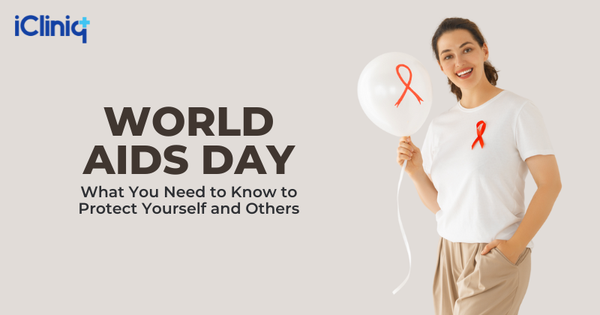Cancer Trends in the Asian Subcontinent: Managing the Rising Burden

Asia is the most diverse and densely inhabited continent in the world. In recent years, it has witnessed dramatic shifts in its demographics due to the increasing population. Advances in medicine and technology have controlled infectious diseases, increasing the average lifespan of people. However, this has led to a drastic increase in the risk of non-communicable diseases, including cancer.
Reports reveal that Asia hosts the “cancer capital of the world” and emphasizes the need for urgent actions to break the pattern. Effective strategies through early screenings and preventive healthcare measures are needed at the earliest to bring about a shift in cancer trends.
1. Understanding the Rise in Cancer
Several studies suggest that the evolving lifestyle, urbanization, food preferences, and health behaviors make a significant contribution to the increasing burden of cancer in this region. Though some nations are leading their way in healthcare, most Asian countries are still developing and face hurdles in curbing the rising tide of cancer.
Urbanization has brought significant changes in the lifestyles of the Asian population. A sedentary lifestyle, poor eating habits, and an excess of processed foods have increased the risk of obesity. Obesity has a propensity for cancers of the breast, kidney, and colon.
2. Habits Matter
And not to mention the role of alcohol and tobacco. A large population of adult smokers are from Asia, increasing the burden of mouth, throat, and lung cancers. Increasing alcohol consumption among Asians adds to the risk of breast, liver, and colorectal cancer.
3. Limited Healthcare Access
Other factors like limited access to healthcare in some nations, despite the development and advancements, increase in the aging population, and environmental pollution due to rapid urbanization all contribute to the rising tide of cancer in the Asian subcontinent. Unavailability or lack of proper awareness for vaccination against HPV, hepatitis B, and hepatitis C vaccines also raises the incidence of preventable cancers.
4. Curbing the Rising Cancer Trend
Swift actions are needed to prevent and control the rise in cancer incidence. The toll of cancer on the Asian population calls for effective strategies. The issue requires public, professional, and political intervention.
Limited healthcare access is a major concern, raising the incidence of cancer. Screenings can help in early identification and treatment at the right time. It can effectively reduce the treatment cost and mortality rates.
5. Smoke-free Future
Tobacco control measures can significantly reduce the incidence of head and neck cancers associated with tobacco smoke. Increasing the prices and taxes and taking steps to redirect tobacco farmers to other occupations can help. Ban on tobacco promotions, health education, and smoke-free environments can lead to a smoke-free future.
6. Vaccines for the Win
Immunization programs can help prevent and control cancers caused by viruses like hepatitis B, C, and HPV. These vaccinations can prevent precancerous lesions and persistent infections that can lead to cancers.
In conclusion, immediate action is necessary to stop the cancer epidemic and create a healthier future as Asia struggles with the alarming spike in cancer cases. Multifaceted interventions are necessary due to the convergence of several lifestyle changes, such as urbanization and dietary habits, with the prevalence of alcohol and tobacco consumption. The problem is made more difficult by limited access to healthcare, underscoring the significance of initiatives for early detection, prevention, and awareness.





